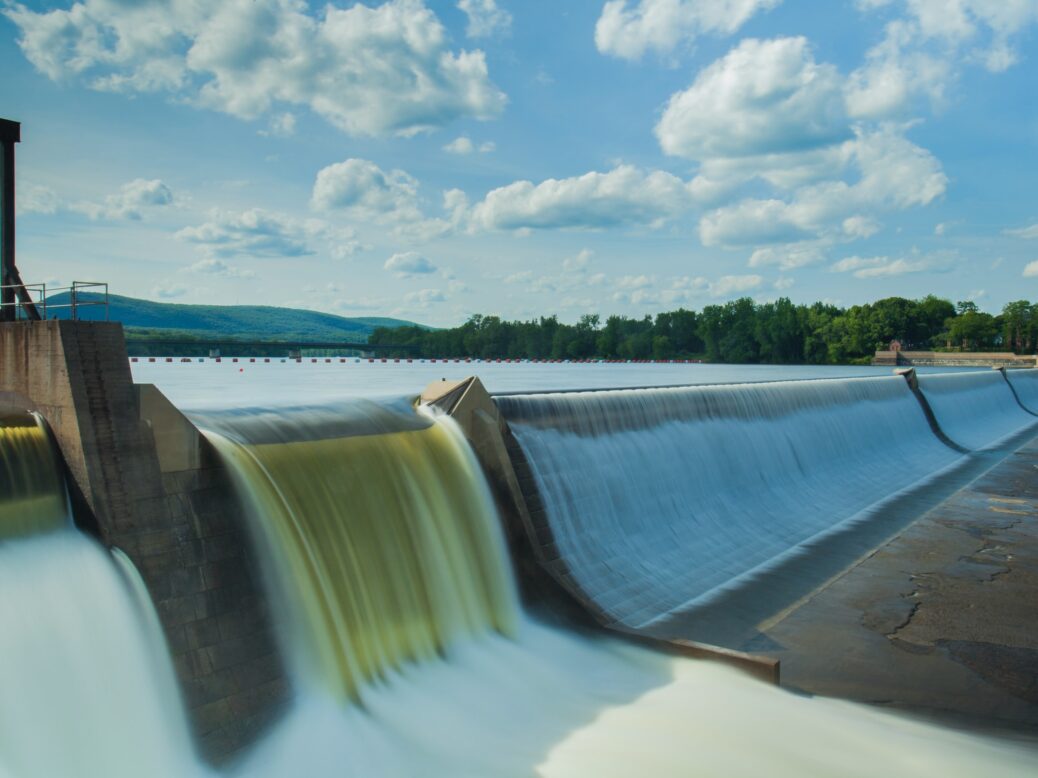According to Rystad Energy study, the hydropower industry will continue to grow in 2022, with worldwide capacity exceeding 1,200 gigawatts (GW) for the first time and investments reaching $36.3 billion. As the energy revolution accelerates and governments seek dependable, large-scale infrastructure projects to fulfill future demand, hydropower cements its position as the most preferred renewable energy source.
Hydropower is responsible for over one-sixth of global power production, following only coal and natural gas. The sector contributes roughly 60% more to power production than nuclear energy and more than all other renewables combined, including wind, solar PV, biofuels, and geothermal. Hydropower generation increased marginally in 2021 to 4,414 terawatt-hours (TWh), up from 4,360 TWh in 2020, while roughly 17 GW of capacity was installed in 2020, followed by another 14 GW in 2021.
Investment in the industry slowed somewhat around 2020 as alternative renewable sources such as wind and solar PV gained traction, a scenario aggravated by delays in many large hydropower projects and a lack of legislation reforms in certain areas, which further stifled development. However, the sector is undergoing a rebirth as governments become more determined to discover adequate renewable choices to decarbonize their energy supply.
China continues to top the world in total installed hydroelectric capacity, with over 340 GW, more than double the capacity of the runner-up, Brazil, which has 112 GW. The United States (84 GW), Canada (81 GW), and Russia (50 GW) round out the top five hydropower generating countries in the world, followed by India (47 GW), Norway (33 GW), Turkey (30 GW), and Japan (23 GW).
Asian and South American nations, headed by China and Brazil, have propelled global capacity expansions in recent years, while other continents have remained largely static. Asia’s total installed capacity has increased from 462 GW in 2017 to a projected 514 GW in 2022, while South America’s total capacity has increased from 175 GW to an expected 192 GW during the same time.

